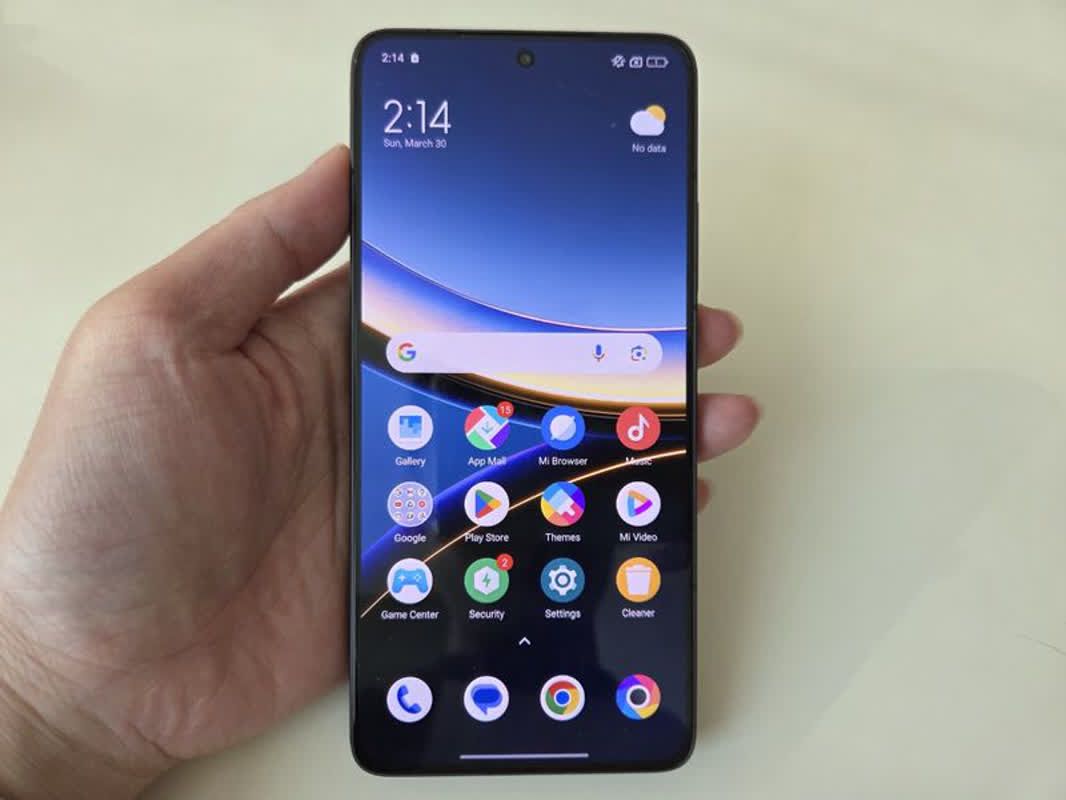
The Korea Electrotechnology Research Institute (KERI) has transferred its electric powertrain technology for lunar exploration rovers to Unmanned Exploration Laboratory (UEL), the only Korean company manufacturing rovers. Following the technology transfer, the two organizations continue joint research to advance the rover’s core components internationally through various academic, industrial, and research collaborations.
On Monday, Lee Ji Young, head of the Aerospace Mobility Propulsion Research Team at the KERI, stated that the team has gained significant attention in the Korean aerospace mobility sector for its lightweight and thermally stable electric powertrain technology. She added that their strong commitment and efforts to expand into space were recognized, which allowed them to become a collaborative partner with UEL.
She also noted that the division of responsibilities is well established, with UEL developing the lunar exploration rover system and the KERI focusing on core components. She added that the two organizations will also collaborate on securing large-scale government projects.
An electric powertrain is a battery, converter, inverter, motor, and controller system. Under South Korea’s space development roadmap, one of their developed lunar landers is scheduled for completion by 2032, and a rover is being considered as one of the payloads to carry out various scientific missions. However, the electric powertrain for space development—one of the rover’s core components—still relies heavily on imports, making technological self-sufficiency an urgent priority.
The Aerospace Mobility Propulsion Research Team at the KERI possesses unmatched expertise in electric powertrain technology. Since the 2000s, the team has focused on localizing motor and generator technologies for land and marine mobility. Building on this foundation, the team expanded into electric powertrains for drones and urban air mobility (UAM) in 2018. It now holds a leading position domestically, with 19 peer-reviewed papers published in Science Citation Index Expanded (SCIE) journals, 26 registered patents, approximately 840 million KRW ($620,000) in technology transfer revenue, and several national awards.


